Dance your way out of hip pain – salsa moves can help relieve QL tension
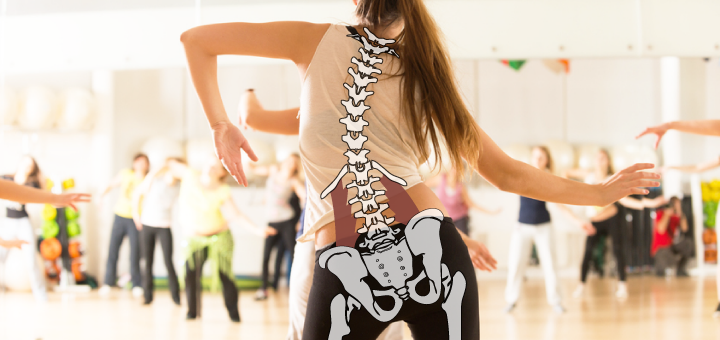
There is a peculiar maneuver that I often recommend to students who have restrictions in hip movement; I call it a “salsa move.” I find it very useful in both diagnosing potential hip imbalances and loosening up the “hip hiker“ muscles that can create all kinds of back and hip issues when tight. Here is how it works.
Quadratus lumborum (QL) muscle is considered a major contributor to lower back and hip pain. We have a pair of them, and they connect the lower rib, the top of the pelvis, and four lumbar vertebrae. They are located at the back of the body, underneath the erector spinae muscles. Quadratus lumborum muscles serve a dual function, depending on whether they contract together (bilaterally) or alone (unilaterally).
When they contract together, they assist the erector spinae muscles in extending the spine (back bending). The problem here is that the erector spinae muscles often get weak from us bending forward too much (while sitting, driving, etc.). If they are not strong enough to do their job, QL is left to pick up the slack both in back bending and maintaining the upright position. This means that the QL muscles have to do double duty and, as a result, can become chronically tight and painful.
The solution to this problem is to strengthen your erector spinae muscles. That’s why I consider Bhujangasana (Cobra pose) one of my Magic Three yoga poses; when done properly, it takes care of back strengthening.
When the QL muscle contracts on one side, it laterally flexes the trunk (side bending) and pulls the hip up, which is why it is known as the “hip hiker.” We create right-to-left asymmetries all the time by sitting with one foot tucked under, driving with a wallet in a back pocket, always favoring one leg while standing, etc.
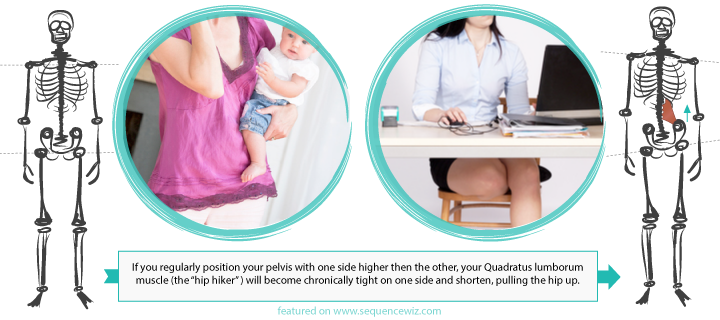
Issue 1. If you end up with one hip higher than the other (“hiked”), the other muscles around the pelvis will have to adjust to support the “new normal” pattern, which will create an imbalance in other pairs of muscles (psoas, adductors, abductors, etc. ). This can cause discomfort and pain by itself, but on top of that, it can pull the sacrum out of alignment, leading to sacroiliac joint pain (read more about sacroiliac issues).
Issue 2. QL attaches to the lumbar vertebrae, which means that if it gets tight on one side, it can pull on the spine sideways. Pulling the spine out of alignment is never a good idea; it can lead to all sorts of pain and disk issues.
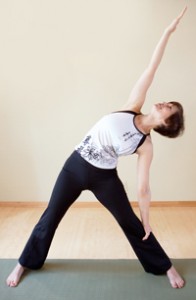
The solution to this problem is to release the QL tension by doing lateral bending, like we do in a yoga practice, OR by moving the hips up and down, like they do in Latin or belly dancing. Let’s look at those one at a time.
Lateral bending is something that we don’t do much of in our day-to-day lives, yet it’s super useful for working with the body’s asymmetries. Bending sideways in our yoga practice gives us a chance to alternately contract and stretch the QL muscles and other core musculature, which helps release QL tension. Lateral bending also helps us breathe better by stretching the muscles between the ribs. And, of course, it laterally flexes the spine, which helps to keep it supple and the discs nourished. Unfortunately, sometimes, we do lateral bending postures in a way that takes the most important element, lateral bending, out. Case in point – Trikonasana (Triangle pose). If you insist on lengthening the bottom side of the torso, you move most of the action into the hip and out of the spine (read more about different ways of doing Trikonasana). One way to emphasize the lateral stretch in Trikonasana is to keep the feet parallel, which will prevent the pelvis from tilting sideways and will shift the focus to the spine (image above).
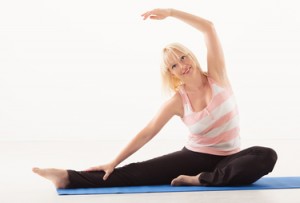
Another common problem with side bends is that many of them are quite difficult for the average student, and tightness in other areas (hamstrings, adductors, etc.) will prevent many of them from benefiting from the postures. By using simpler lateral stretches and modifying the forms of certain poses, we can help our students get the most out of them.
Another simple way to keep your QLs supple is to use simple hip actions common to many dancing traditions. These actions involve moving the hips up and down one at a time, which helps to release tension and maintain mobility. I use a very simple variation of the main salsa step to help my students loosen up their hips.
Adapted “salsa move” for the quadratus lumborum
HOW TO DO IT
Stand with your feet about hip distance apart. Breathe comfortably.
Bend your left knee, dropping your left hip down. Straighten your left leg and bend your right knee, dropping your right hip down. Continue to move like that, alternating sides.
Do not allow your upper body to sway, or your pelvis to rotate.
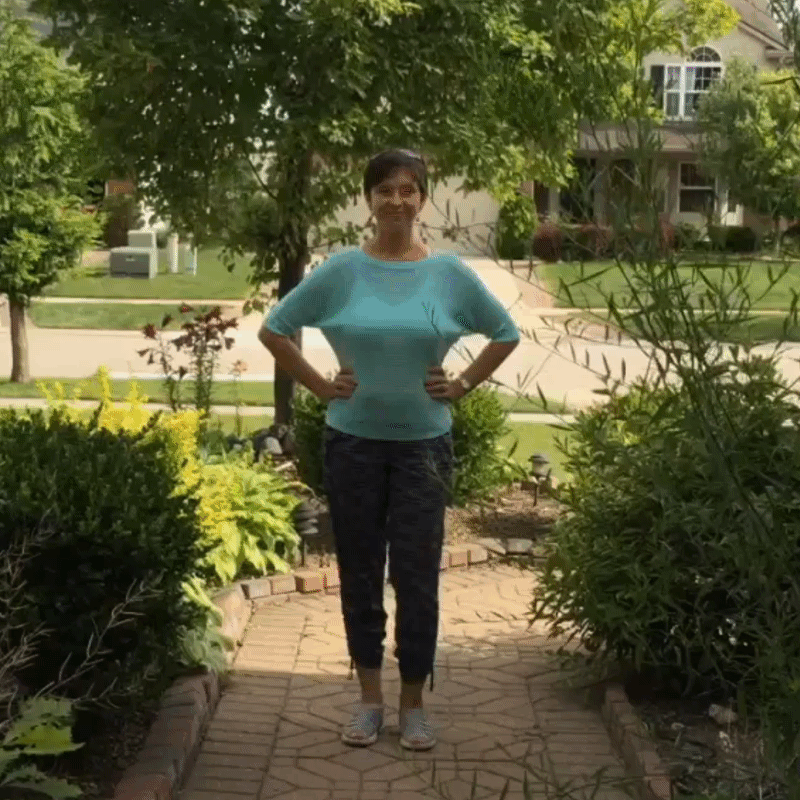
WHY DO IT:
To compare the pliability of the right and left QL muscles. Notice if one hip is easier to drop than the other. If one hip is harder to drop, it indicates the restriction in the QL muscle on that side. To loosen up the muscles, continue to salsa to encourage your QLs to release.
Now let’s be clear – I am not advocating professional or advanced dancing, since that introduces a whole different level of challenges for the hips. I am also NOT suggesting anything like the video below, although that salsa is pretty incredible 🙂
But doing a little salsa while riding in an elevator or waiting in the grocery line can help you keep your hips loose. Try it out and see how it feels!
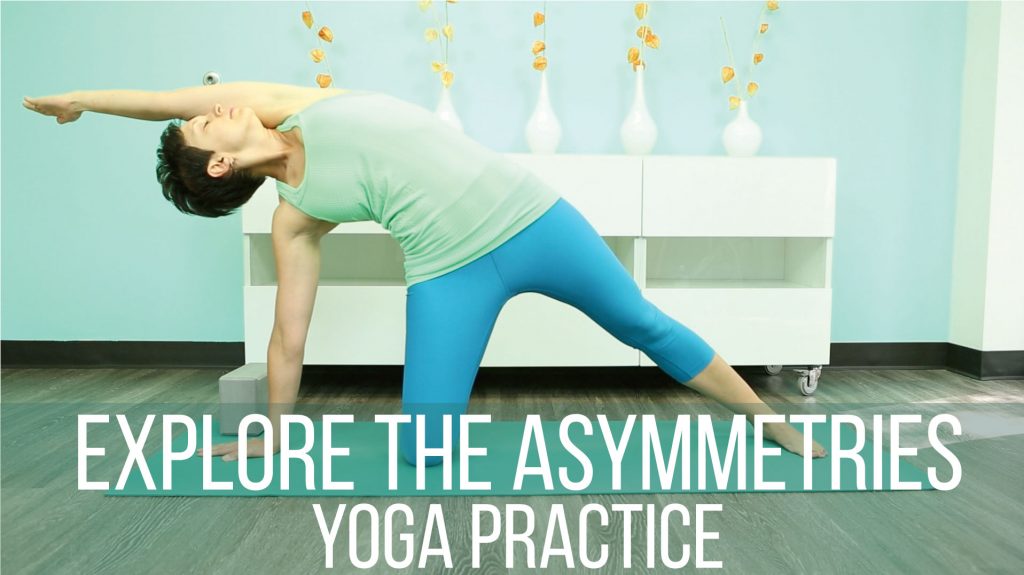
This yoga practice will help you compare the right and left sides of the body and use lateral bending to begin restoring the balance between the two sides.

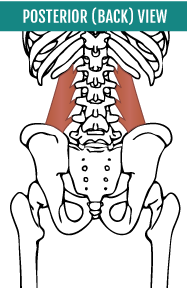
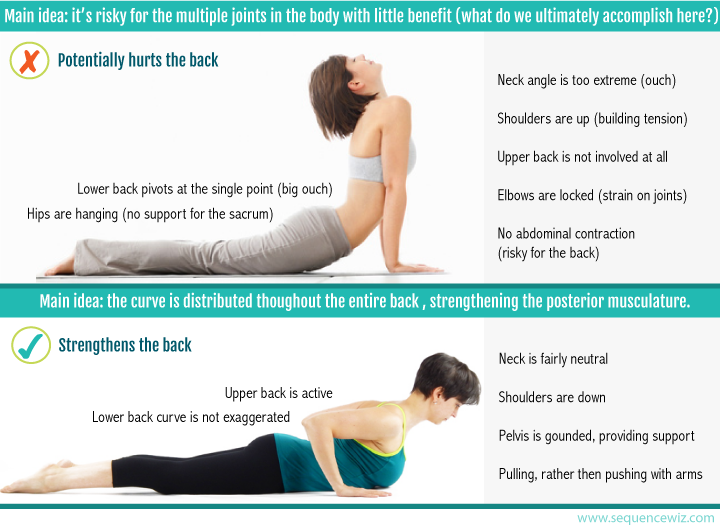

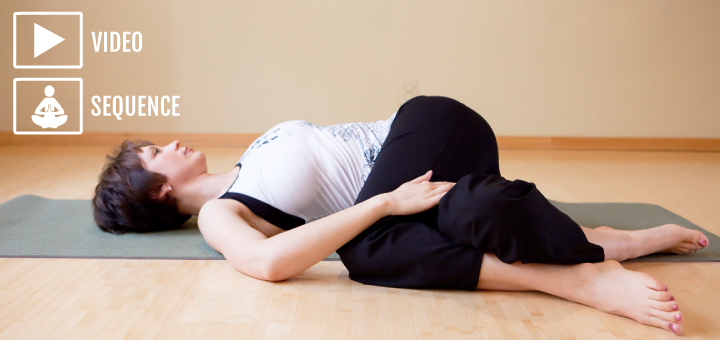
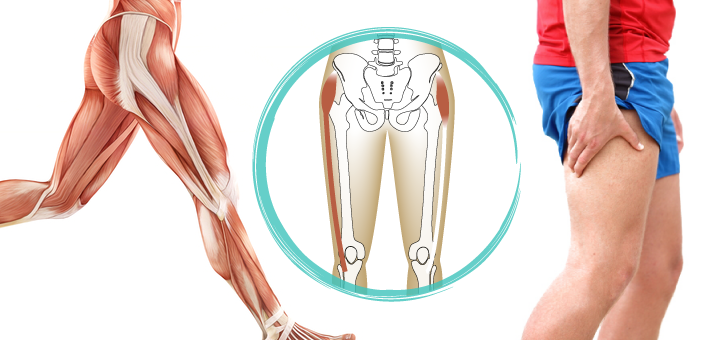






Good post.
Hello Olga, Thank you for this. I am looking for the lateral sequence that you mentioned would follow. Is it available on your site. Thanks again, Tamar
Hi Tamar; here is the practice: http://sequencewiz.org/2014/05/23/pelvis-leveling-yoga-practice/ Let me know how you like it!
Hello Olga, Thank for this inspiring post (I teach Egyptian Dance and yoga) Could you please explain to me what you mean by pulling rather than pushing with the arms in cobra pose? Thank you very much Juliet
Hi Juliet, glad to hear you found this post useful! When we do Cobra pose, some students will attempt to lift their upper body up by pressing the hands into the ground and straightening the arms. That way the arms end up doing all the work and the spine usually ends up folding back at one pivot point. This is not desirable. Instead we want to make back muscles work and distribute the curve throughout the entire back to strengthen it. To do that, we can instruct the students to initiate a pulling motion with their arms (keeping the hands or forearms anchored and then pulling the elbows and shoulders back while lifting the chest). This usually helps to focus attention and effort on the back muscles instead of the arms. Does this make sense? I talk a bit more about Cobra here, the images might be helpful. You can also find a lot of different Cobra versions here with explanations for why we do each version.